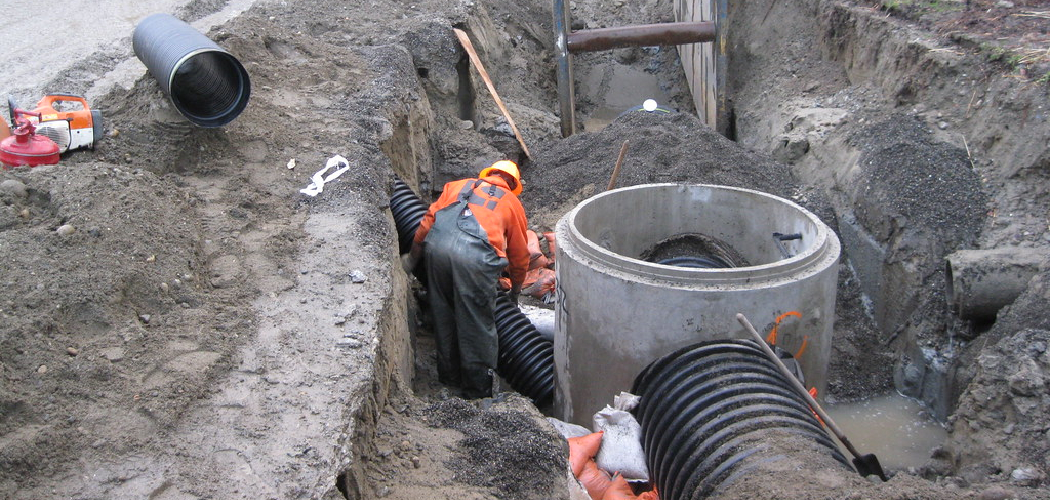As winter approaches, preventing sewer lines from freezing becomes paramount for homeowners. Frozen sewer lines can lead to serious problems, including blockages, pipe damage, and the potential for costly repairs that can disrupt daily life. These issues can manifest quickly in extremely cold conditions, with water freezing inside the pipes creating significant pressure and risks.
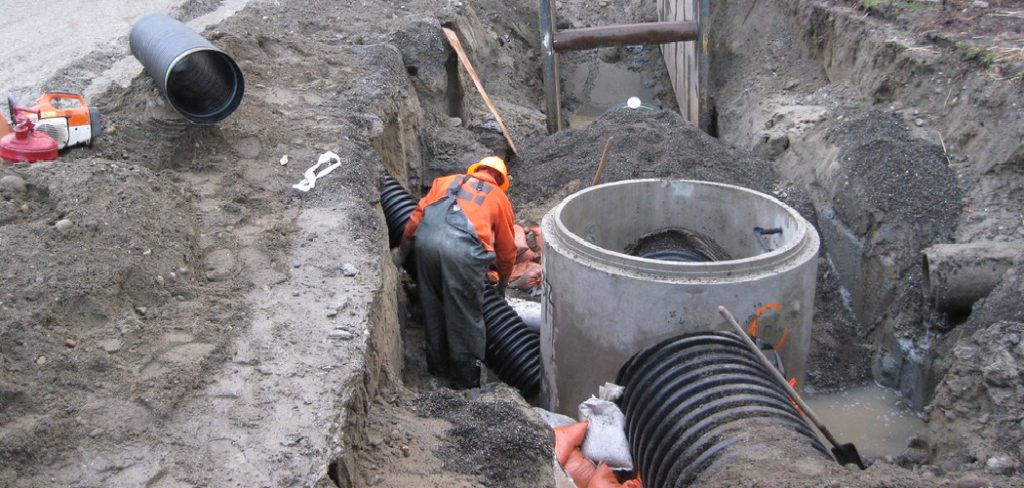
This article aims to equip you with essential knowledge on how to keep sewer line from freezing, highlighting effective preventive measures such as insulation, heating methods, and regular maintenance. By taking proactive steps, you can safeguard your plumbing system against winter’s harsh effects, ensuring it operates smoothly throughout the cold months.
Understand the Risk Factors
Cold Climate Conditions
Extremely cold weather greatly increases the risk of sewer lines freezing, particularly in regions that experience prolonged sub-freezing temperatures. When the outdoor temperature drops significantly, the temperature of the sewer lines also decreases, leading to the risk of the water inside freezing.
As the climate becomes harsher, the potential for ice formation grows, which can lead to blockages and significant plumbing issues if not addressed timely.
Poor Insulation and Exposure
Sewer lines that are poorly insulated or close to the ground surface are particularly vulnerable to the cold. Exposed pipes, especially in unheated areas such as basements or crawl spaces, are at a greater risk of freezing as they come into direct contact with chilly air.
Insufficient insulation can further exacerbate this issue, allowing cold air to penetrate and decrease the temperature of the pipes, resulting in potential freezing conditions during harsh winter spells.
How to Keep Sewer Line from Freezing: Insulate Sewer Lines
1.Use Pipe Insulation
Applying pipe insulation is one of the most effective methods to protect your sewer lines from freezing. Materials such as foam pipe insulation or fiberglass wrap are highly recommended for covering sewer pipes, particularly those in unheated areas like basements, crawl spaces, or garages. To install pipe insulation adequately, start by measuring the diameter of the pipes and then cut the insulation to the appropriate length.
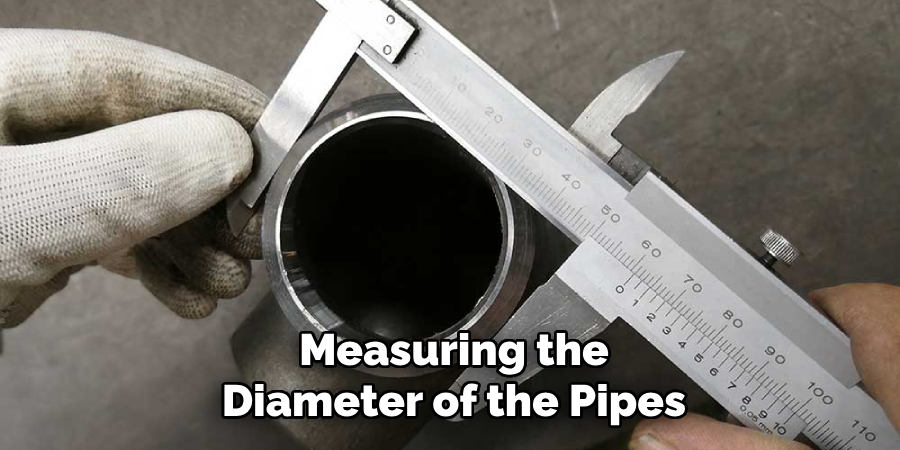
Ensure that each insulation section fully wraps around the pipe, creating a snug fit. Gaps or incomplete coverage can let cold air seep in, diminishing the insulation’s effectiveness. When applying, secure the insulation in place with tape or adhesive, ensuring that the seams overlap slightly to enhance thermal protection.
2.Insulate Vulnerable Areas
Focus should also be placed on sections of the sewer pipes that are exposed to the elements. Pipes that run through exterior walls, attics, or crawl spaces are especially susceptible to freezing conditions. To mitigate this risk, insulating these vulnerable areas is crucial. In addition to using the appropriate insulation materials, consider weatherproofing tips such as sealing any gaps or cracks in walls or foundations near the sewer lines.
Using caulk or expanding foam can help block pathways for cold air to infiltrate, providing an extra layer of protection against freezing temperatures.
3.Use Heat Tape or Cable
Consider using electric heat tape or heating cables along your sewer pipes for additional protection. Heat tape installation is straightforward but must follow the manufacturer’s instructions carefully to ensure safety and effectiveness. Begin by cleaning the pipe surface to remove any debris, then adhere the heat tape or cable to the pipe, spacing it according to guidelines provided by the product. Ensure the tape covers all exposed sections, with the cable securely fastened.
For added convenience, you may opt for thermostatically controlled heat tape, which automatically activates when temperatures drop, providing continuous warmth and reducing the risk of freezing. This proactive approach to heating your sewer lines can help ensure a smoothly functioning plumbing system throughout the cold winter months.
Maintain Proper Drainage
Ensure Proper Slope
Maintaining a proper slope for sewer lines is critical in preventing standing water, which can freeze and lead to significant blockages. Ideally, sewer pipes should be installed with a slope of 1/4 inch per foot to facilitate effective drainage. When water accumulates in low-lying areas of the piping system, it becomes susceptible to freezing under cold temperatures.
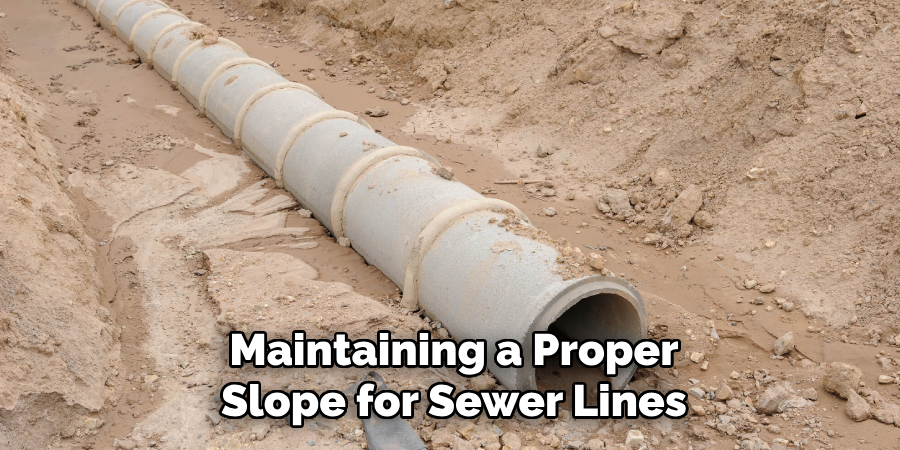
If you suspect that your sewer lines may not have the correct slope, it’s advisable to consult a professional. They can assess the current layout and make any necessary adjustments to ensure optimal drainage, protecting your system from freezing-related issues.
Clear Drains and Pipes
Another vital step in maintaining proper function is regularly clearing drains and sewer pipes of debris, grease, and other blockages. Accumulations can lead to unpleasant backups and create an environment where freezing is more likely to occur. By routinely inspecting and cleaning your sewer system, you decrease the risk of ice forming and keep everything flowing smoothly during winter.
Simple preventative measures like using drain screens and avoiding pouring grease down the sink can significantly enhance your system’s resilience.
Keep Water Flowing During Freezing Weather
Trickle Water Through Faucets
One effective strategy to prevent sewer lines from freezing is to allow a small trickle of water to flow through your faucets during extremely cold weather. Moving water is less likely to freeze, helping to keep the sewer line active and preventing ice formation.
This method is especially beneficial during prolonged periods of sub-freezing temperatures, where the risk of freezing significantly increases. It’s a simple yet effective action that can make a substantial difference in safeguarding your plumbing system.
Flush Toilets Regularly
In addition to trickling water from faucets, regular flushing of toilets during cold weather is recommended to maintain water movement within the sewer line. Flushing helps prevent the water from becoming stagnant, leading to freezing conditions. By ensuring consistent water flow through the pipes, you can further mitigate the risks associated with freezing temperatures, keeping your plumbing system operational and avoiding costly repairs.
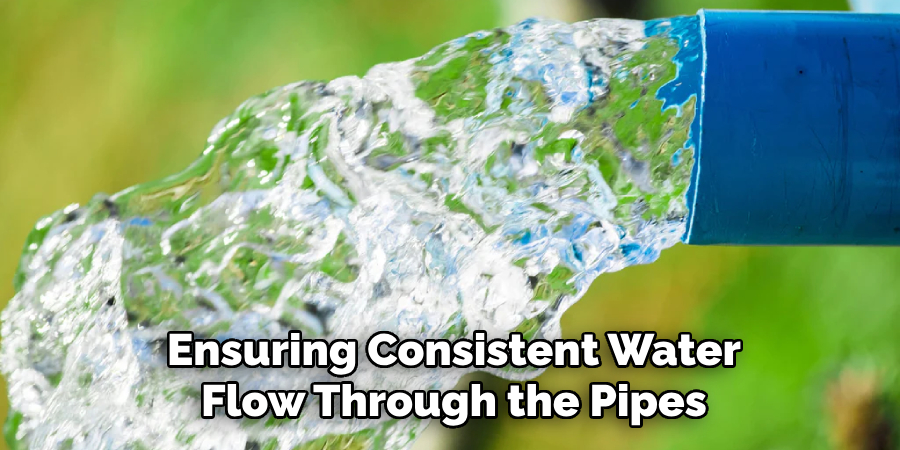
Preventive Heating Measures
Portable Heaters
Using portable heaters in unheated areas, such as basements or crawl spaces, can effectively protect exposed sewer lines from freezing. These heaters help maintain a consistent temperature, which is crucial during extreme cold spells. It’s essential to follow the manufacturer’s guidelines for safe operation, ensuring that heaters are kept away from flammable materials and are positioned where they cannot be tipped over or cause hazards. Regularly monitor the area to ensure proper heating without risk.
Maintain a Warm Environment
To further safeguard your plumbing system, it is advisable to keep your home or building adequately heated during cold spells. Special attention should be paid to areas where sewer lines run, as cold air can significantly impact their function.
Additionally, opening cabinet doors under sinks allows warm air to flow around pipes, providing them with extra insulation from the chill of the surrounding environment. This simple action can go a long way in preventing freezing issues.
Winterize Your Plumbing System
Drain Outdoor Plumbing
Before winter arrives, it’s essential to drain and shut off the water supply to outdoor faucets and sprinkler systems. This preventative measure ensures that any water left in the exterior pipes, which connect to the sewer line, does not freeze and cause potential damage. By emptying these systems and ensuring all water is expelled, you significantly reduce the risk of frost-related issues, leading to costly repairs once the temperatures rise again.
Seal Off Unused Drains
Another important step in winterizing your plumbing system is sealing off unused drains, particularly in seldom-used bathrooms or basements. Properly sealing these drains helps prevent cold air from infiltrating the pipework, which can lead to freezing conditions. Use drain covers or plug methods to ensure that these areas remain insulated from the cold, preserving the integrity of your plumbing system throughout the winter months.
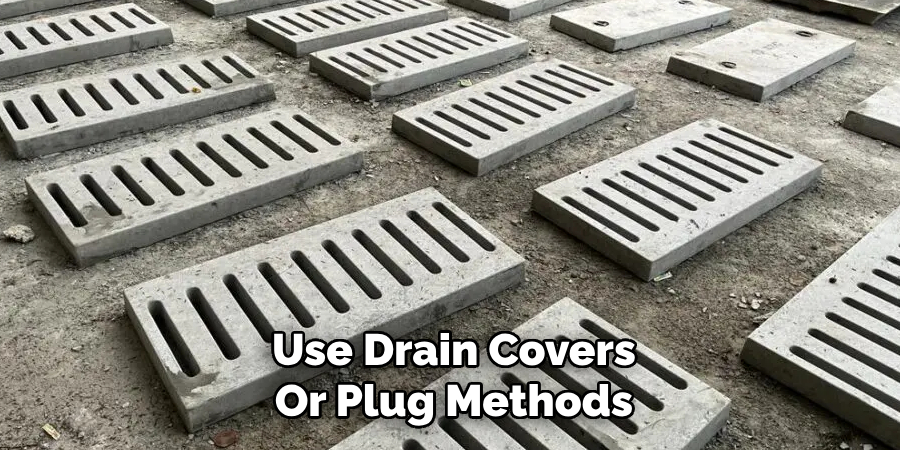
Long-Term Solutions for Cold Climates
Install Frost-Proof Sewer Vents
Consider installing frost-proof sewer vents to help mitigate the risk of freezing in sewer lines. These specialized vents regulate temperature and airflow within the sewer system, effectively reducing the chances of ice formation. Maintaining a consistent environment within the pipes contributes to a more resilient plumbing system, especially in areas where freezing temperatures are common.
Reposition or Bury Pipes Deeper
For a more permanent solution, it may be advisable to reposition or bury sewer pipes deeper below the frost line. This strategy can prevent the pipes from being exposed to extreme cold, significantly reducing the likelihood of freezing. While this may involve more extensive work and the assistance of a professional, investing in deeper installations can yield long-term protection for your plumbing system during harsh winter conditions.
Conclusion
In summary, preventing sewer lines from freezing is crucial for maintaining a functional plumbing system during winter months. Key prevention methods include insulating pipes, ensuring proper drainage, and employing heating methods such as portable heaters and allowing water to trickle through faucets. Regular plumbing system maintenance cannot be overstated; taking these preventive steps before cold weather arrives can save you from costly repairs and significant inconvenience later on.
Remember to drain outdoor plumbing, seal off unused drains, and consider frost-proof innovations for long-term protection. By being proactive and understanding how to keep sewer line from freezing, you can create a resilient system that withstands the harshest winter conditions. Stay vigilant this season, and safeguard your home against freezing issues!

